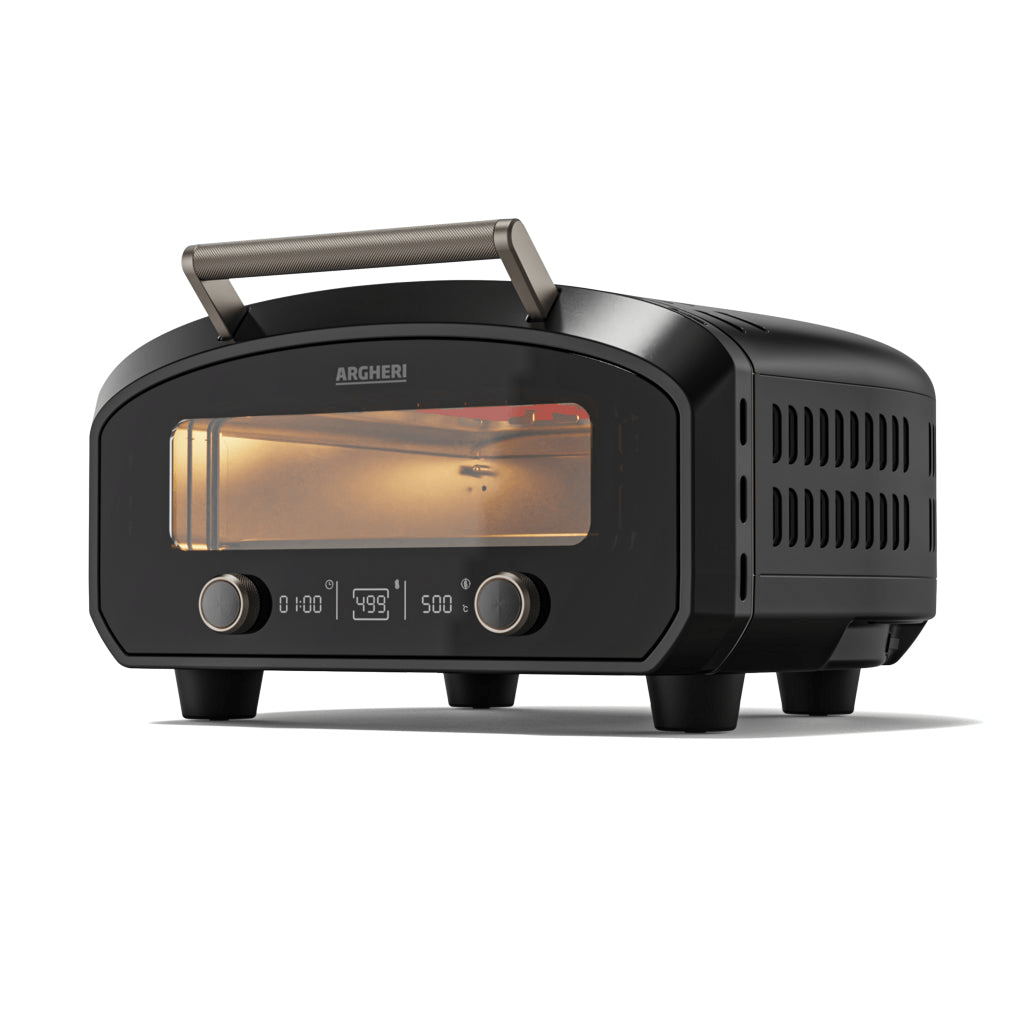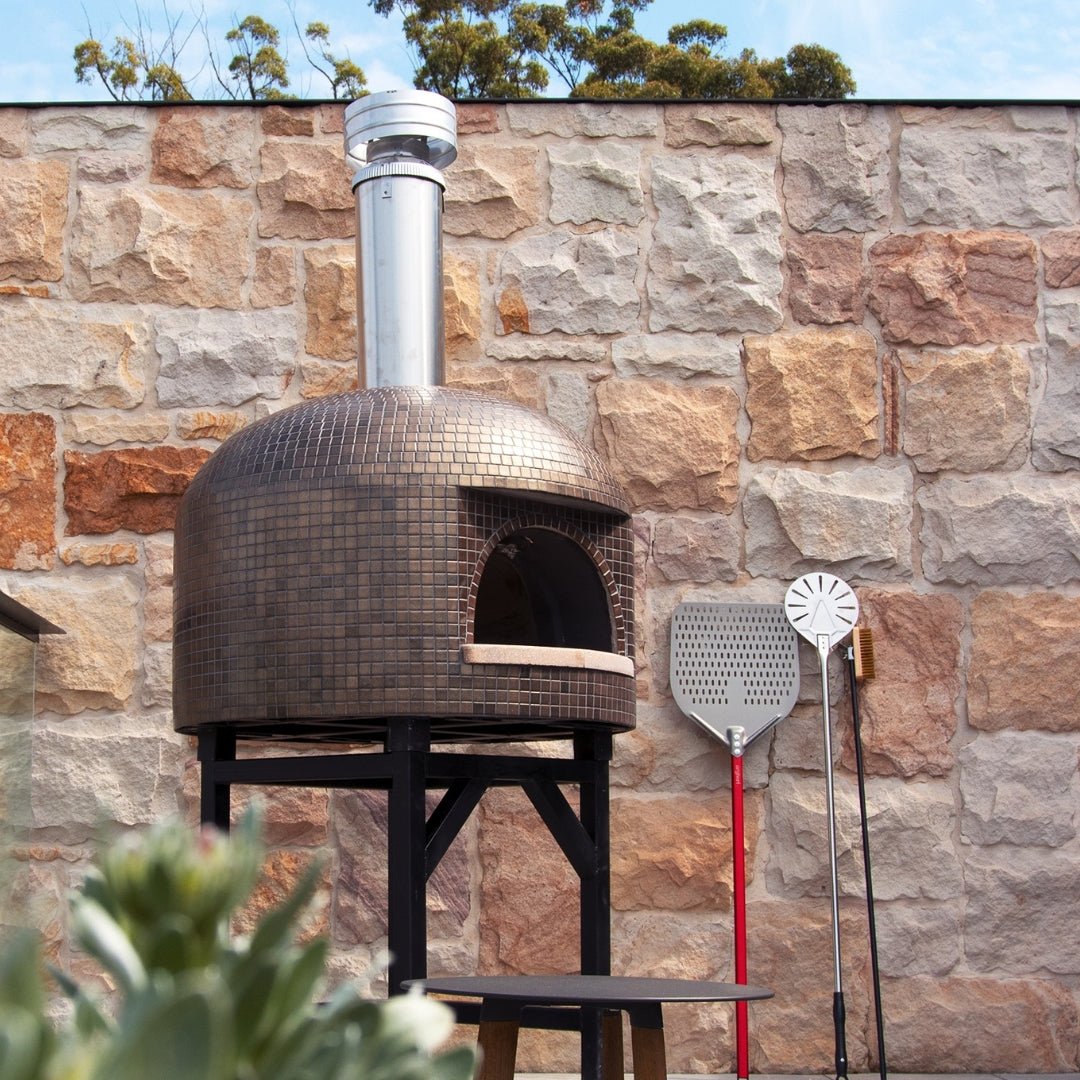Do I Really Need a Pizza Peel?
If you're an avid pizza lover thinking of making your own at home, you may wonder if you really need a pizza peel. A pizza peel is a flat, wide, paddle-like tool to transfer pizzas in and out of the oven. But do you really need one? First, we'll take a closer look at the function of a pizza peel, the different materials used to make them, and whether you need one.
What Does a Pizza Peel Do?
The primary function of a pizza peel is to transfer pizzas from the countertop to the oven and back. It's a handy tool for making sure that your pizza doesn't stick to the countertop or the oven and that it's evenly distributed in the oven. The wide surface of the peel makes it easy to handle the pizza, and the long handle will keep your hands safe from the heat.
Is Wood or Aluminum Better for a Pizza Peel?
Pizza peels are available in various materials, including wood, stainless steel and aluminum. Wooden pizza peels are classic and have a traditional feel. They're also light and easy to handle. But they don't last as long as aluminum peels, and they can soak up water and get bent over time. On the other hand, aluminum pizza peels are more durable and don't absorb moisture, but they can be heavy and not as comfortable to handle.
Is Metal or Wood Better for Pizza Peel?
It really depends on your personal preference. If a traditional look and feel are what you're after, a wooden pizza peel may be the way to go. But if you want a peel that's more durable and easier to handle, an aluminum peel might be a better option.
Do I Need Two Pizza Peels?
While one pizza peel is usually enough for most home cooks, having two can be helpful if you make multiple pizzas at once. Having two peels allows you to transfer pizzas to the oven and back more efficiently, especially if you're making many pizzas for a party or gathering.
In addition, having one pizza peel for launching the non-cooked pizza and another pizza peel for removing the cooked pizza ensures that you keep the launching pizza clear of the cooked pizza dust, which can make launching the next pizza harder.
Should I Flour My Pizza Peel?
Yes and no. Flouring the peel helps to prevent the pizza from sticking to the surface and ensures a smooth transfer to the oven.
But it also depends on the technique being used to put the pizza onto the peel and into the oven. Again, minimising the amount of flour for dusting is preferable.
If you're making the pizzas directly onto the pizza peel, a very light dusting of fine semolina will assist in the pizza sliding on and off the peel and keep it from sticking. It also helps to be quick when assembling the pizza and placing it in the oven. Speed will reduce the chances of the pizza sticking to the peel. It is recommended that the time between building the pizza on the peel and launching it into the oven be as short as possible.
Preferably, the technique used by professional pizza makers is to build the pizza on the counter, then lifting the pizza to slide the peel under the pizza or sliding the pizza onto the pizza peel. This technique typically requires the pizzas to have been stretched out by hand from a dough ball coated in a pile of fine semolina. In this case no semolina is required on the peel as there should be a minimal amount left under the pizza but enough to allow the pizza to slide nicely onto the pizza peel and off into the oven.
If the pizza has been rolled out, fine semolina is often sprinkled on the counter before hand to stop the dough from sticking, and then a very light dusting can also be used on the peel to assist with the sliding on and off.
What Flour is Best for Pizza Peel?
The most commonly used flour for pizza peels is all-purpose flour or plain flour.This is simply wrong. Plain flour can burn in the oven, resulting in sour-tasting pizzas. Plain flour will also not give you enough slide from the pizza peel into the oven when launching, resulting in, yes, you guessed it, a pizza mess in the oven.
So we recommend that you use fine semolina flour, and if you can't find fine semolina flour, coarser semolina will be better than the all-purpose flour option. Semolina flour is flour made from durum wheat and gives a nice flavor and smell to the pizza.
In conclusion, a pizza peel is a handy tool for ensuring your pizza turns out perfectly every time. Whether you choose wood or aluminum, one or two peels, or any flour, the most important thing is to use what works best for you and your cooking style. So, do you really need a pizza peel? Of course, only you will have the answer to that question, but if you're serious about making delicious homemade pizzas, a pizza peel is definitely worth considering.













